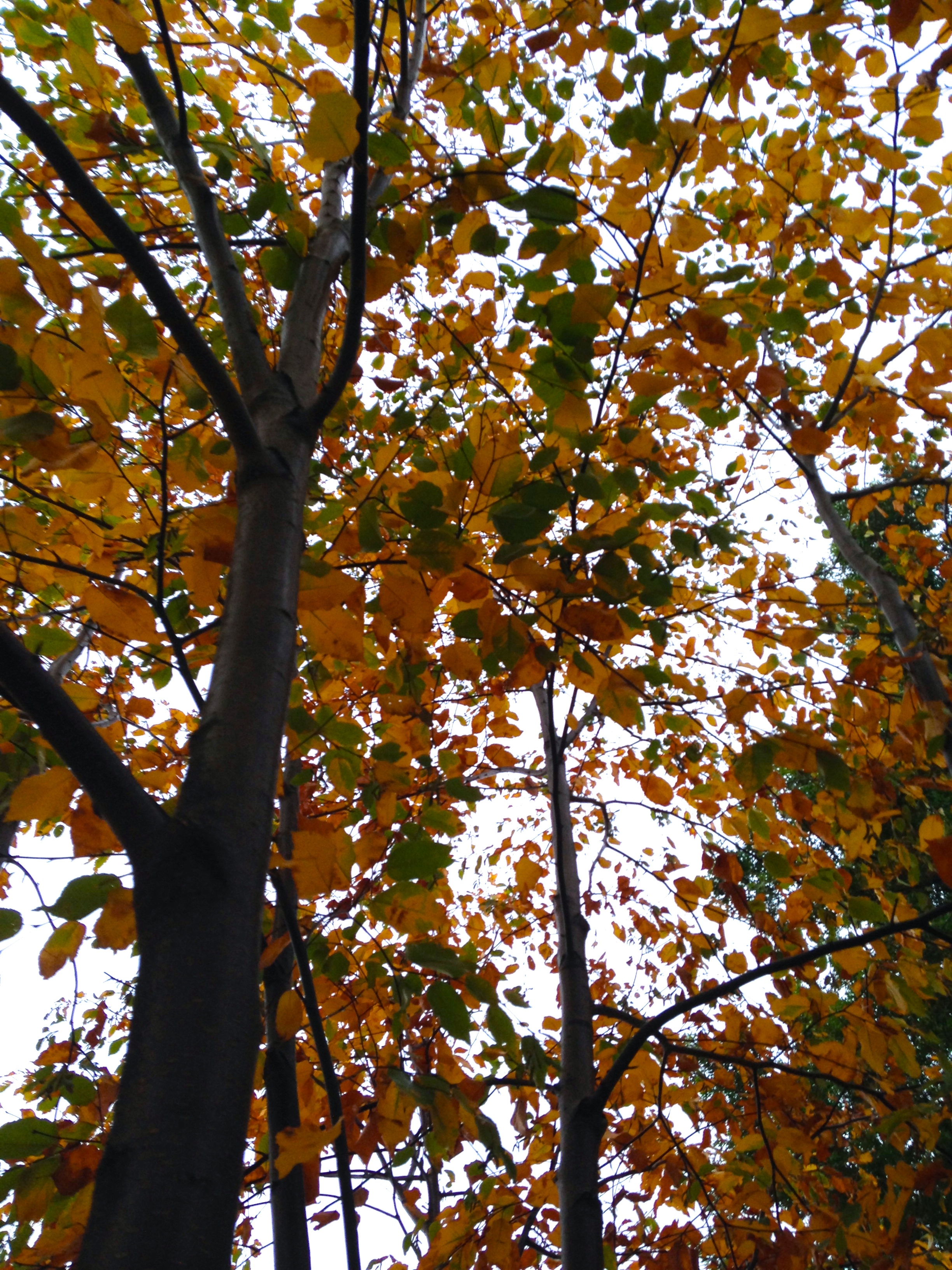Black Birch (Betula lenta) : Natural and Cultural History of the Black Birch
Natural History:
The Black Birch has had a trying history. In the 19th century, over-harvesting of the Black Birch for the production of wintergreen oil occurred. The oil was more easily extracted from Black Birch than from the Wintergreen plant and so, for a time, the Black Birch was the main source of the oil. This caused tree populations to greatly reduce in size. Then came a discovery that would ultimately save the Black Birch: Scientists found a way to make wintergreen oil synthetically. Slowly, the Black Birch populations regained stability in their numbers. Currently, Black Birch populations are increasing. Due to their resistant nature, they are outcompeting trees that are falling prey to fungal infections. Today, the Black Birch looks forward to a more hopeful future.
Cultural History – Language:
The Black Birch exists within the family known as birch. The name “birch” literally translates to “a tree whose bark is used for writing upon”, coming from the Sanskrit word bhunga. Betula, the genus name for birch trees, also derives from the word “betu” from Ancient Gaul which translates to bitmen or tar. This nomenclature most likely stems from the ancient people's practice of tapping trees for a thick sap that closely resembles tar. The Latin word, Lentus, is the origin of the species name, Lenta, which translates to pliant or tenacious. The Black Birch branches are extraordinarily flexible and strong.

